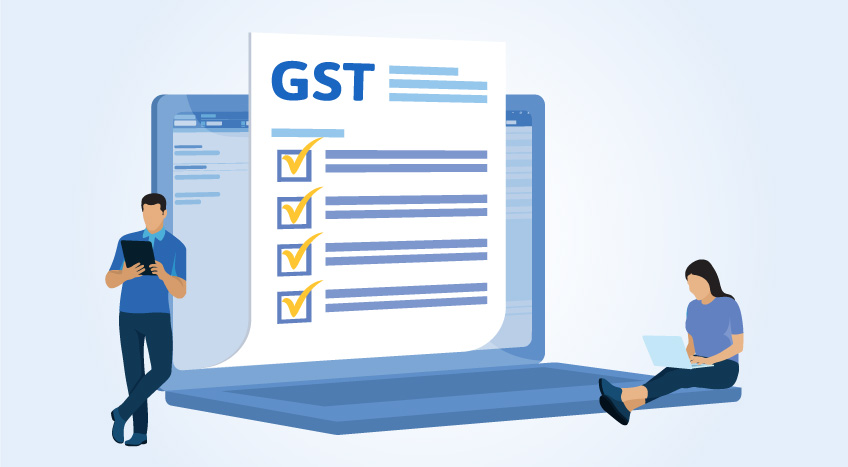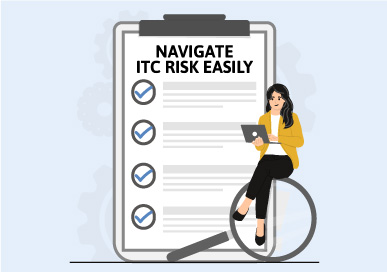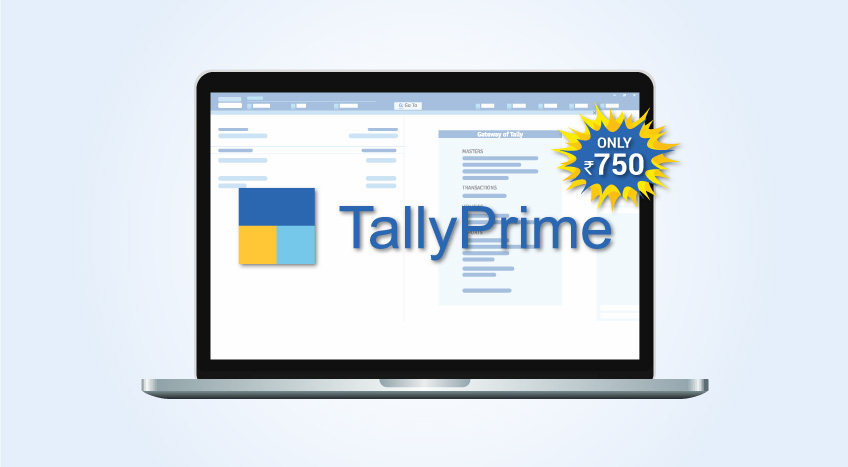The Indian government consistently works to simplify the Goods and Services Tax framework for businesses across the country, aiming to improve transparency and compliance. Digital transformation initiatives like mandatory e-invoicing help improve accountability and ensure better reporting within the entire financial ecosystem effectively.
When your business achieves significant growth and crosses the mandatory turnover threshold for e-invoicing under GST, you must take immediate, comprehensive action to ensure seamless compliance and business continuity.
This guide outlines the essential steps required for MSMEs to transition smoothly into the electronic invoicing regime, protecting your company from unnecessary financial and legal risks effectively.
What is e-invoicing under GST and the current limits?
E-invoicing involves digitally validating your business-to-business transaction details on a specific government portal. This system ensures that every commercial invoice issued by your business is genuine and traceable by the tax authorities. The e-invoicing rules in India currently apply to all registered businesses with an average annual turnover of more than ₹5 crore.
The turnover calculation includes the value of all taxable, exempt, and export supplies made under your PAN. You become liable for e-invoicing from the financial year in which you crossed the limit.
Penalties for non-compliance
If you don't use the required e-invoicing system, your firm could face harsh penalties and delays that could hurt your cash flow and reputation in the market.
- Your invoice is considered legally invalid if it lacks the mandatory Invoice Reference Number and QR code.
- The penalty for non-issuance is 100% of the tax due or ₹10,000, whichever is higher per instance.
- Incorrect invoicing can attract a penalty of ₹25,000 per document, which accumulates quickly into a large liability.
- Your buyers will refuse payment because they cannot claim Input Tax Credit on invoices without a valid IRN.
- You cannot generate e-Way Bills without e-invoicing, which will immediately stop the movement of your goods.
Checklist to prepare your business for e-invoicing
Here is a quick checklist of key steps you must follow to prepare your business for e-invoicing in India:
Register your business on the Invoice Registration Portal
You have to create your user profile on the official GST portal to start the electronic invoicing process effectively. This registration links your system to the network, allowing you to generate unique reference numbers seamlessly. Test your login details immediately to ensure you have smooth access when the mandate actually begins.
Update and map your current HSN/SAC codes accurately
The government portal strictly checks the Harmonised System of Nomenclature codes for every item you sell. You need to check your product list to ensure every single item has the correct code assigned. If these codes are wrong or missing, the portal will reject your invoices immediately during the upload.
Reconfigure your accounting and ERP software systems
Your invoicing software must create the desired file format, as specified in the invoice portal. You may need to speak with your vendor about upgrades or the introduction of a suitable solution that meets requirements for data transfer. Automated software reduces the amount of manual work put into the process and decreases the likelihood of typical data entry errors.
Conduct comprehensive employee training and awareness sessions
Certainly, your finance and sales teams need to have a new workflow explained to them with an explanation of why this is so important. Arrange for rudimentary training so that they know how to capture specific details like GST numbers accurately. This spec should get your people working with the new process like a second skin and avoid expensive mistakes.
Segregate business-to-business and business-to-consumer transactions
E-invoicing only applies to transactions between registered businesses and exports, not your direct retail sales. You must set up your system to separate these categories automatically to stop sending unnecessary data. This will help lower your compliance-related workload and ensure that the reporting process remains efficient.
Finalise the new invoice format to include the IRN and QR code
The printed invoice you hand to customers must clearly show the QR code and reference number. You need to adjust your print templates to ensure these digital signatures are visible and scannable. Invoices missing these specific details are invalid for tax purposes or for transporting goods on the road.
Establish robust internal reconciliation and monitoring processes
You need to reconcile your internal sales with those mentioned in the government portal and do a check regularly for the same. This process will ensure that you identify mismatches early so that it is still within the time limit for a solution. Regular checks will keep your GST returns in perfect harmony with e-invoice data to keep tax notices away.
Communicate the change proactively with your valuable business partners
Let your regular customers know that you are going to begin issuing e-invoices, which will also assist them in claiming tax credits. Notifying them up front gives them time to get their own systems in order to verify and accept your new invoices. It is a trust-building step that also makes sure your payments aren’t caught up in the transition.
How does TallyPrime help you comply with e-invoicing guidelines in India?
TallyPrime is a holistic solution that eases the challenges of e-invoicing for your growing business. It automates technical tasks so you can focus on your primary work rather than dealing with compliance issues.
- You don’t need to move to another portal for creating e-invoices; now you can create compliant e-invoices right from your voucher entry screen.
- The software will check your data automatically to avoid rejection due to errors with HSN codes or tax rates.
- It prints your QR code and Invoice Reference Number on your documents in a hassle-free manner.
- You can generate, cancel, or update e-Way Bill details simultaneously while creating your e-invoice for dispatch.
- TallyPrime maintains a digital trail of all transactions to help you file accurate GST returns easily.
Conclusion
Embracing mandatory e-invoicing is not just about meeting government requirements; it represents a significant opportunity for your MSME to modernise its financial operations and enhance business efficiency significantly. By following this comprehensive checklist, you empower your organisation to handle the transition smoothly, mitigating risks and establishing stronger compliance records immediately.
You should choose reliable tools like TallyPrime to automate these processes, enabling you to focus entirely on driving your business growth and success within the competitive Indian market confidently.

















